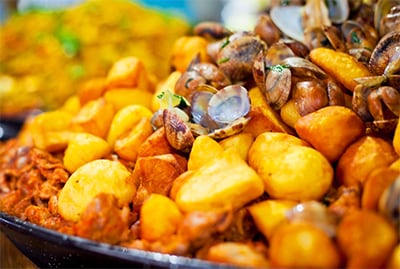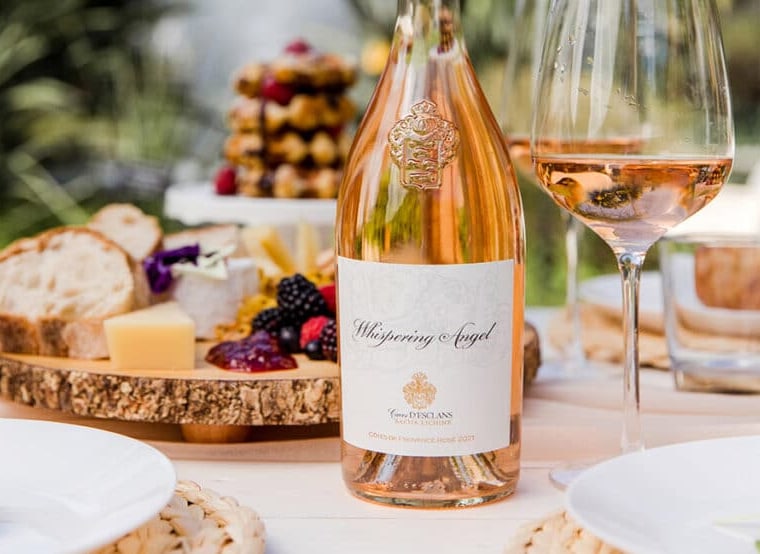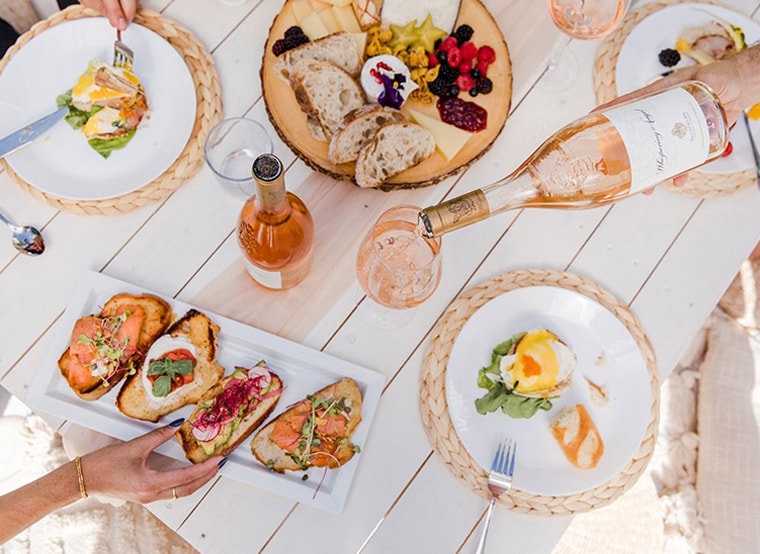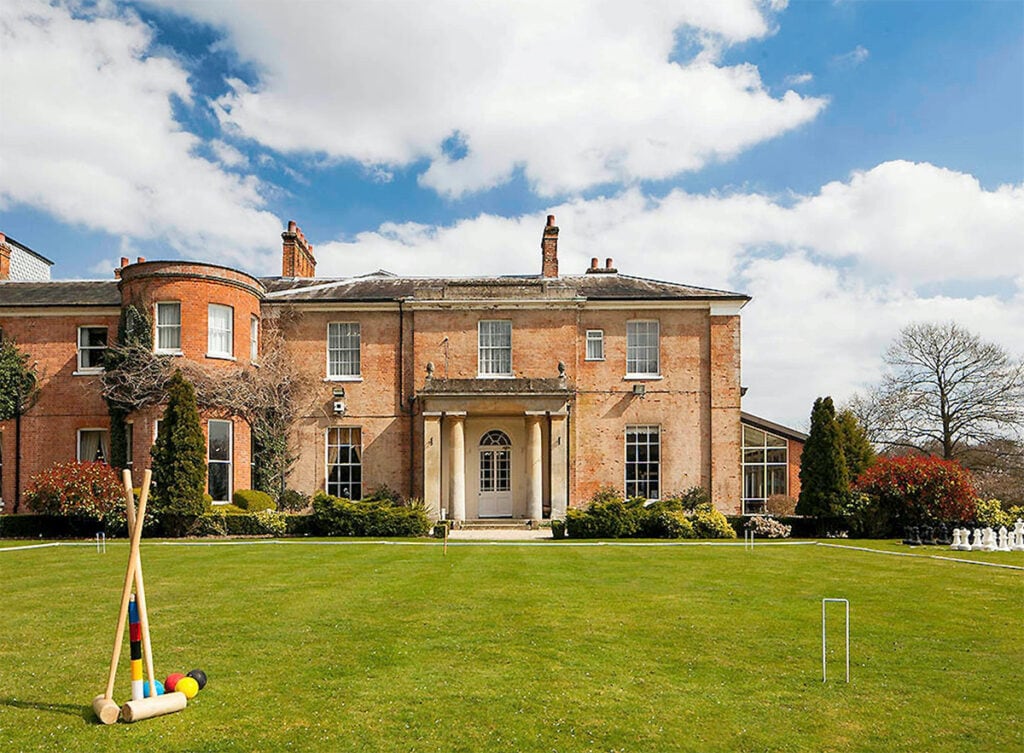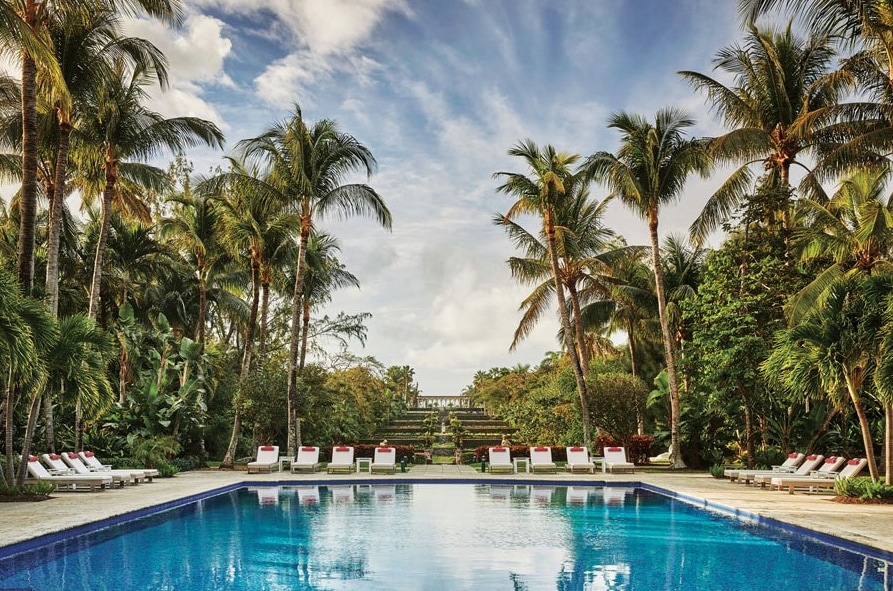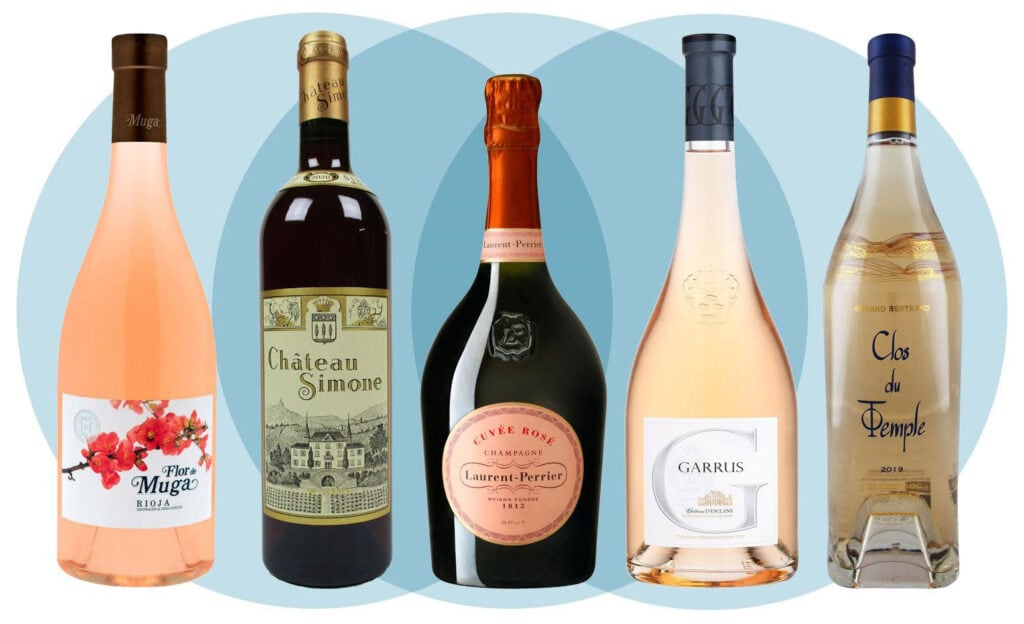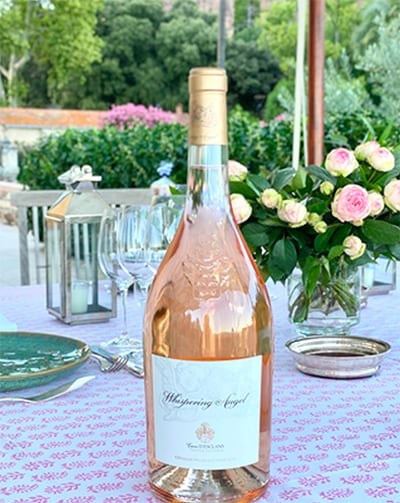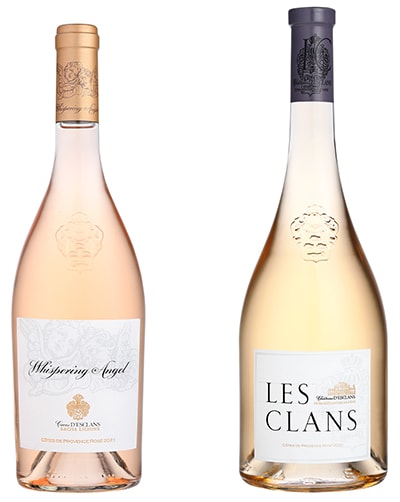Whispering Angel
By Mario Rodrigues
Whispering Angel, precursor of the ‘Rennassaince du Rosé’ movement and one of the most special wines in the Chateau D’Esclans portfolio, transports us to the Cotes de Provence through its floral and red fruit notes.
Sacha Lichine introduced innovative winemaking techniques to Provence that revolutionized the style of rosé wines produced in this region. This revolution led to the creation of Whispering Angel, a high-quality, versatile and affordable rosé made to appreciate and enjoy.
The profile, intense and exuberant with a smooth finish, make Whispering Angel a wine with a wide gastronomic appetite that ranges from ceviche to chicken with lemon.
Chateau D’Esclans was acquired in 2006 by Sacha Lichine with the aim of giving rosé wines the prominence they deserve. It was on this magical property, located in the heart of Provence, France, that Sacha laid the foundations for the exponential growth of the category, thus starting the “renaissance du rosé”, a movement that turned this style of wine into an object of desire. Together with renowned winemaker Patrick Leon, and thanks to innovative oenological techniques, Sacha Lichine created, at Chateau D’Esclans, the best rosé wines in the world, combining quality, tradition and elegance, with a legacy of values that continue to this day.
One of the most special wines in the Chateau D’Esclans portfolio is Whispering Angel — a rosé that combines the sweetest and freshest grape varieties in France, such as Garnacha, Cinsault and Rolle. This dry wine — with zero sugars — has floral and red fruit notes, a pale color and an intense and exuberant palate that, together with the smooth finish, make Whispering Angel a delicate and elegant wine like a “whisper of an angel”. , extremely pleasant to taste. As Sacha said “in the valley of Esclans, the angels whisper. If you drink this wine, you will be able to hear them… If you visit us, you will be able to see them’:
Recognized as one of the most important rosés by Drink Business, Whispering Angel presents itself as the perfect companion — from noon to midnight, in all seasons and perfect to pair with a wide variety of international dishes, from ceviches to tatakis. , passing through the classic pissaladiere provencale or the lemon chicken piccata, being a sure choice for meetings and celebrations with family and friends.
One of the distinguishing characteristics that Whispering Angel shares with the other rosés at Chateau D’Esclans is the unique approach, which blends the traditional with the modern, from fermentation in barrels at controlled temperature, through a closed individual cooling system that is activated when the barrels are completely full.
The combination of innovation with tradition and the savoir-faire of Chateau D’Esclans revolutionized the style of rosé wines produced in Provence, producing an award-winning range of exclusive references, including Rock Angel, Chateau D’Esclans, Les Clans and Garrus. A new generation of rosé wines that are characterized by their elegance, depth, richness and complexity, making the Maison a world reference for rosé de Provence that has conquered the public and the critics.





